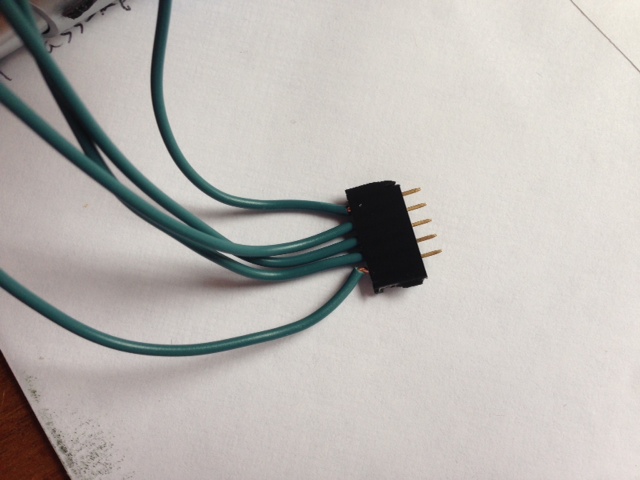- Joined
- Nov 26, 2013
- Messages
- 7,772
- Reaction score
- 14,914
Alpha, I'm scouring the thread to pull together the bits of new commands and functionality that differ from the published GitHub instructional readme; The "rp", "b", "g", up/down/both display, etc. What I don't see is a cancel--would you simply go into SET menu and choose 'rn' and then 'th' to cancel a Pr# currently underway?
By the way, the latest flash is fabulous and goes without a hitch; I still want to test flashing program with/without data to preserve profiles. Plus my temp datalogger is giving me fits right now so profile testing for me is at a standstill.
But this is truly something you should be uber-proud of, it's an amazing hack!
By the way, the latest flash is fabulous and goes without a hitch; I still want to test flashing program with/without data to preserve profiles. Plus my temp datalogger is giving me fits right now so profile testing for me is at a standstill.
But this is truly something you should be uber-proud of, it's an amazing hack!





